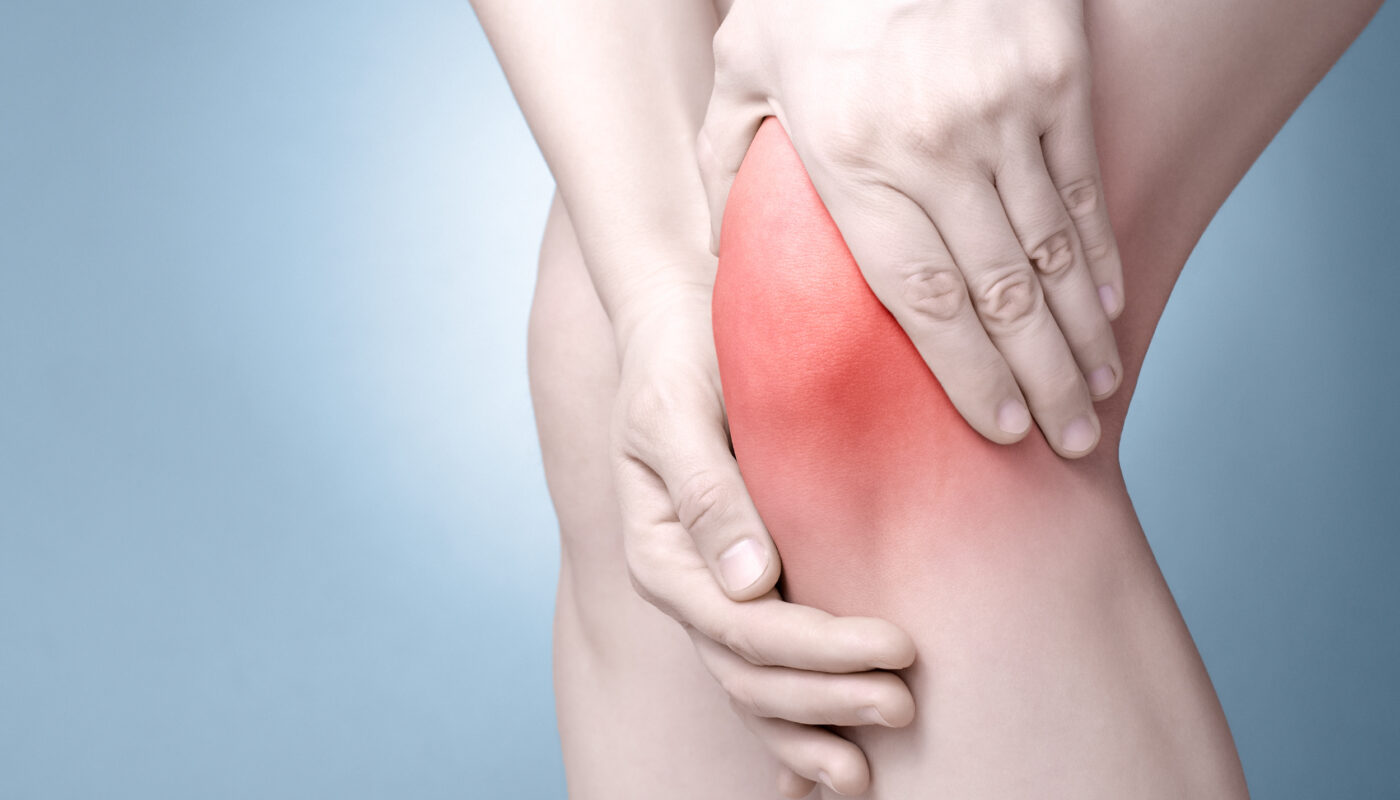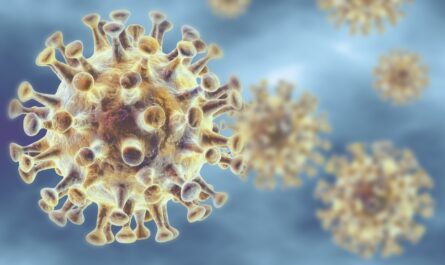In a groundbreaking study recently published in Nature Immunology, researchers from Friedrich-Alexander-University Erlangen-Nürnberg and the University of Birmingham have uncovered the crucial role of inflammation-associated fibroblasts in resolving joint inflammation. These fibroblasts, found in connective tissues, have the ability to transition from a pro-inflammatory state to a pro-resolving phenotype, thereby stabilizing specific immune cell populations in the joint and promoting the resolution of inflammation in arthritis patients.
The study marks a significant advancement in understanding the intricate interactions between fibroblasts, immune cells, and inflammation resolution. The international team plans to delve deeper into the molecular mechanisms responsible for fibroblast activation and resolution, with a focus on exploring potential therapeutic interventions targeting these pathways.
Fibroblasts are mesenchymal cells present in joint linings, known for producing lubricating substances essential for joint movement in healthy individuals. Previous research by Professor Adam Croft and his team at the University of Birmingham identified a population of fibroblasts expressing fibroblast activation-alpha (FAPalpha) that are prevalent in the joints of rheumatoid arthritis patients, contributing to joint inflammation and damage.
The latest collaboration has now demonstrated that these disease-associated fibroblasts can undergo a phenotypic switch to become pro-resolving fibroblasts, playing a key role in stabilizing immune cell populations within the joint to facilitate inflammation resolution. This discovery highlights the dual functionality of joint fibroblasts in both promoting chronic inflammation and regulating immune cell behavior to resolve joint inflammation.
Utilizing innovative techniques such as positron emission tomography (PET) imaging and single-cell mRNA sequencing analyses, the researchers observed a decrease in fibroblast activation following treatment with anti-cytokines, indicating a reversal of fibroblast activation during inflammation resolution. Molecular analyses also revealed a switch in fibroblast phenotypes, with a reduction in pro-inflammatory fibroblasts and an increase in pro-resolving fibroblasts during resolution.
Professor Adam Croft emphasized the significance of the findings, emphasizing the potential for developing therapeutic strategies to induce a phenotypic switch in fibroblasts within arthritic joints as a new approach for patients who do not respond to current treatments. Senior author Professor Andreas Ramming highlighted the research’s implications for understanding chronic inflammatory diseases like arthritis and its potential to identify new therapeutic targets for promoting inflammation resolution and tissue homeostasis.
This study sheds light on the dynamic role of fibroblast cells in resolving joint inflammation, paving the way for future research and therapeutic interventions aimed at improving outcomes for patients with inflammatory arthritis.
Note:
1. Source: Coherent Market Insights, Public sources, Desk research.
2. We have leveraged AI tools to mine information and compile it.



